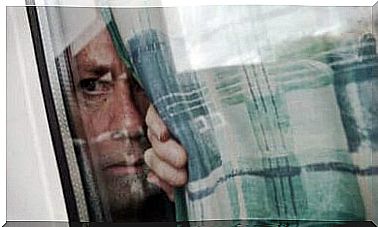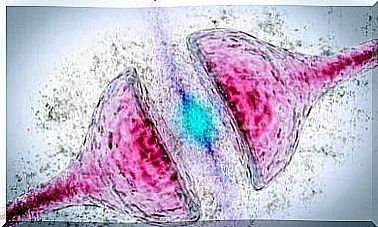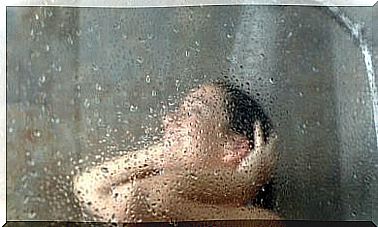Tungiasis: Symptoms And Treatment
Tungiasis is a skin disease caused by a sand flea. This infection usually manifests itself on the feet and disappears on its own. Find out more about this disease today.
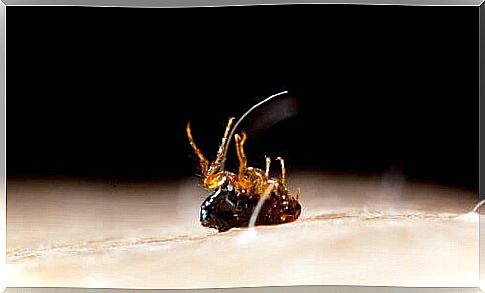
The Tungiasis is an infection caused by the sand flea Tunga penetrans is caused. It is an ectoparasitosis in which the parasite lodges on the surface of the skin or the top layer of the skin of the host. The sand flea is less than 1 mm in size and usually penetrates the skin on the feet, causing severe itching.
The sand flea Tunga penetrans cannot be found in Germany or Europe, which is why the disease only occurs here in people who return from a trip to an endemic area. This affects tropical and bush regions in America, Africa and Asia. But with the increasing development of the villages in these areas, the risk of infection is decreasing. Fortunately, wearing shoes and living areas with flooring and cement prevent the spread.
The causative sand flea is looking for warm-blooded hosts without specializing in a specific species. A host is the animal or human in whom an alien organism has taken up residence. In some cases this can create a symbiosis that is beneficial for both the host and the guest.
In the case of the sand flea, however, it is a parasite that only causes discomfort to humans. It can also affect poultry, dogs or pigs. The nuisance feels particularly comfortable on dry, sandy soils in the shade or at moderate temperatures. It can also be found in animal stalls.
Symptoms of Tungiasis
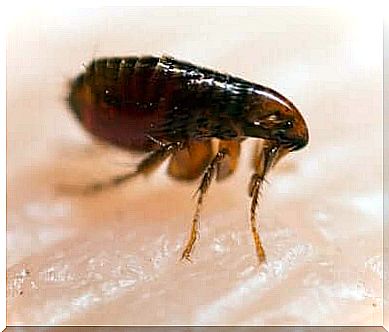
There are various symptoms of this disease. Usually the feet are affected, but other areas such as legs, knees, thighs, hands, elbows or other parts of the body can also be attacked by the parasite.
The injuries can occur singly or multiple times, which can lead to itching and pain. But this skin disease can also be asymptomatic. No complaints were noticeable when the sand flea nestled. However, after 24 hours, small red spots that are accompanied by itching may appear.
At the point of penetration, small whitish knots with a black point in the middle, which corresponds to the belly of the flea, can also appear. In addition, eggs can often be found on the skin near the injury.
As soon as the parasite dies, a black crust remains on the skin. It is congested blood and other substances that leave a scar on the skin.
Tungiasis usually disappears on its own within four to six weeks, but renewed infections often occur. In addition, other complaints often occur at the same time:
- Cellulite
- Abscesses
- Osteomyelitis
- Thrombophlebitis
- Lymphangitis
- In severe cases, sepsis and death
A classification system has been developed to divide tungiasis into five stages, making it easier to observe and diagnose its characteristics and development. This system is known as the Fortaleza classification.
Fortaleza classification
Tungiasis is divided into five stages according to this system, which run one after the other from the entry of the parasite. However, it should also be taken into account that there can rarely be variations with injuries. For example, the following complaints can occur:
- Crusts
- Pustules
- Ulcers
- Wart-like injuries on the soles of the feet
The individual stages according to the Fortaleza classification are:
- Penetration stage that lasts between 30 and 120 minutes after the parasite has entered. At this stage, a reddish point with or without an erythematous halo often forms during the puncture.
- The second stage begins one to two days after penetration with hypertrophy. A whitish papular halo with a diameter between 1 and 2 mm and a dark point in the middle is created. As mentioned earlier, this black point corresponds to the parasite’s abdominal area.
- The third stage develops 2 days to 3 weeks after penetration. The hypertrophy of the organs is now macroscopically visible. The diameter of the papular halo is between 3 and 10 mm. Hyperkeratosis and yellowish shedding of eggs can occur.
- The fourth stage runs between the third and fifth week after penetration. This leads to the death of the ectoparasite and the rejection of the foreign body. A crust covers the injury.
- The fifth and final stage between the fifth and sixth week after penetration can be recognized by the fact that the injury develops into a small skin scar that disappears over time.
treatment

The first step is to remove the sand flea entirely. Usually the puncture is enlarged and then the parasite can be removed with tweezers. Aseptic conditions are necessary for this.
Then the affected skin area is disinfected to prevent possible inflammation and complications. In addition, the patient receives prophylactic tetanus treatment.

